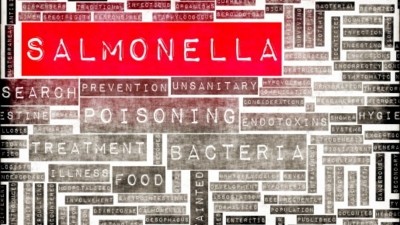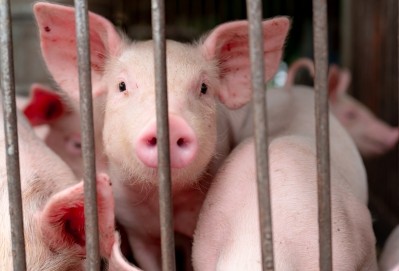‘Threat to health’: Salmonella more common in pork than chicken in China supermarkets

In addition, isolates taken from supplies in supermarkets had more multidrug resistant (MDR) profiles, indicating that they were more threatening than those from slaughterhouses.
Researchers said the findings were important because salmonella is one of the most important foodborne pathogens worldwide, which can cause diarrhoea diseases and even death in both humans and animals.
According to them, pork remains the main meat source for Chinese consumers and consumption continues to rise annually. “Owing to large scales of consumption markets, pork and poultry that contaminated by Salmonella could pose a tremendous threat to public health.”
The study was published in the journal, BMC Veterinary Research.
Study design
The study aimed to investigate salmonella contamination from raw chicken and pork meat as well as their slaughtering and retail environment.
Convenience sampling was carried out in seven abattoirs and five supermarkets in 12 districts of Chongqing, China.
The slaughtering environment included sampling from wash water, knives, floor, faeces, apparatus, containers, tables, carcasses, and blood. Retail environment included chopping boards, ice, knives, floor, containers, wash water and tables.
Salmonella isolation was classified based on the Kauffmann-White-Le Minor Scheme.
The researchers also tested for antimicrobial susceptibility of the salmonella isolates. According to the Clinical and Laboratory Standards Institute, salmonella isolates resistant to three or more antimicrobial classes were defined as MDR isolates.
More diverse contamination sources from pork
A total of 115 isolates were recovered from 1112 samples collected from abattoirs and supermarkets.
The isolation rate from pork was significantly higher at 44%, compared to chicken (9.50%).
Within the different sources of environmental samples, salmonella was isolated only from the floor, knives and tables at slaughterhouses, but isolated from all the sources at supermarkets, especially chopping boards and ice. “These results indicated that the environment in supermarkets had more diverse contamination sources than that in slaughterhouses,” researchers said.
The antimicrobial susceptibility test also revealed that 85.22% of isolates were resistant to at least one antibiotic and more than half (50.43%) were MDR.
Moreover, most of the MDR isolates were obtained from supermarkets (74.14%) compared to 25.86% at slaughterhouses.
The findings also showed that 73.04% of isolates from both slaughterhouses and supermarkets were resistant to tetracycline, followed by 66.96% to ampicillin and 59.13% to doxycycline.
Researchers explained: “The high resistance rate to these two antibiotics (tetracycline and ampicillin) is reasonable, since these two antibiotics has been largely used in the husbandry industry in China.”
Hygiene strategies
The researchers added that previous studies have found Salmonella contamination rates in pork ranged from 30 to 70% at retail, and between 10 to 50% at slaughterhouses, indicating that poor control measures were performed in slaughtering and retail chains of pork.
“For example, poor general hygiene and unsuitable storage conditions were commonly detected in pig slaughterhouses. Also, lack of appropriate storage methods and regular disinfection increased the risk of Salmonella-colonising activity at retail markets.
“The sanitation control strategies in supermarkets need to be carried out in this area to improve the safety of animal products,” researchers suggested.
Source: BMC Veterinary Research
https://doi.org/10.1186/s12917-019-2202-4
“Genotypic characterization and antimicrobial resistance profile of Salmonella isolated from chicken, pork and the environment at abattoirs and supermarkets in Chongqing, China”
Authors: Tingting Chen, et al.


















